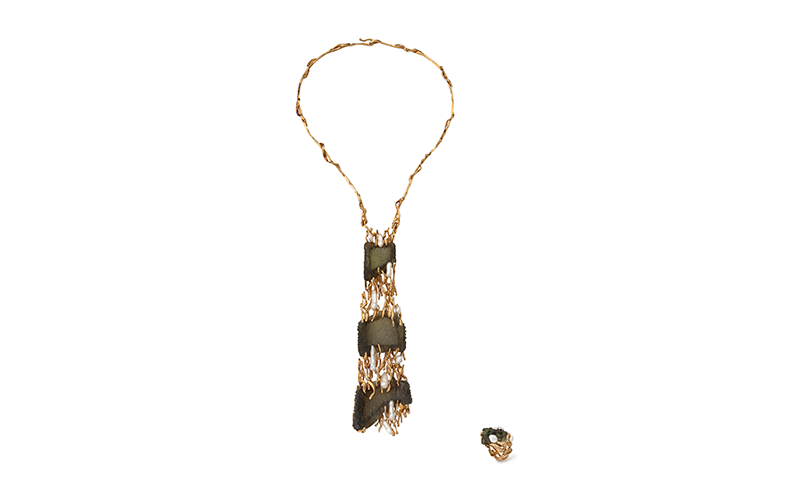- Events & Programs Home
- Calendar
- Accessibility
- Adults
-
Families & Teens
- Families & Teens Home
- 10x10 Teen Art Expo
- Art on the Rise
- Art Together: Art Making for Families with Children Ages 3–5
- Babies Sing with May Festival Minis
- Boy Scouts / Girl Scouts
- CAM Kids Day
- Family Storytime and Gallery Walk
- Family Studio: Art Making for Families with Children Ages 6–12
- Games in the Galleries
- Members-Only Baby Tours
- Public Baby Tours
- REC Reads
- Rosenthal Education Center (REC)
- Saturday Morning Art Class
- See Play Learn Kits
- Summer Camp
- Teen Fest: Zine and Comic Exchange
- RECreate
- Teachers
- Community Outreach
- Fundraisers
- Plan Your Own Event

- Events & Programs Home
- Calendar
- Accessibility
- Adults
-
Families & Teens
- Families & Teens Home
- 10x10 Teen Art Expo
- Art on the Rise
- Art Together: Art Making for Families with Children Ages 3–5
- Babies Sing with May Festival Minis
- Boy Scouts / Girl Scouts
- CAM Kids Day
- Family Storytime and Gallery Walk
- Family Studio: Art Making for Families with Children Ages 6–12
- Games in the Galleries
- Members-Only Baby Tours
- Public Baby Tours
- REC Reads
- Rosenthal Education Center (REC)
- Saturday Morning Art Class
- See Play Learn Kits
- Summer Camp
- Teen Fest: Zine and Comic Exchange
- RECreate
- Teachers
- Community Outreach
- Fundraisers
- Plan Your Own Event
Necklace and Ring by Gilbert Albert
Necklace and Ring by Gilbert Albert
- Home
- Plan Your Visit
- Art
-
Events & Programs
- Events & Programs Home
- Calendar
- Accessibility
- Adults
-
Families & Teens
- Families & Teens Home
- 10x10 Teen Art Expo
- Art on the Rise
- Art Together: Art Making for Families with Children Ages 3–5
- Babies Sing with May Festival Minis
- Boy Scouts / Girl Scouts
- CAM Kids Day
- Family Storytime and Gallery Walk
- Family Studio: Art Making for Families with Children Ages 6–12
- Games in the Galleries
- Members-Only Baby Tours
- Public Baby Tours
- REC Reads
- Rosenthal Education Center (REC)
- Saturday Morning Art Class
- See Play Learn Kits
- Summer Camp
- Teen Fest: Zine and Comic Exchange
- RECreate
- Teachers
- Community Outreach
- Fundraisers
- Plan Your Own Event
- Give & Join
- About
- Tickets
- Calendar
- Exhibitions
- Collections
- Blog
- Shop

Gilbert Albert (Swiss, 1930–2019), Necklace and Ring, 1960s, gold, moldavite, pearls, diamonds
Audio Description
Made by Swiss jeweler Gilbert Albert who lived from 1930–2019, this necklace and ring were made in the 1960s.
This necklace has a semi-rigid yellow gold hoop that surrounds the neck and is textured. The long pendant is made up of three band-like, irregularly shaped pieces of dark green, glass-like material called moldavite. Between them and at the bottom of the third piece are variously shaped strands of gold and long freshwater pearls that are placed randomly among the gold strands. The ring has a piece of moldavite as the center stone. Small, faceted diamonds sit on one side; on the other is a misshapen pearl. The ring itself is made of variously shaped strands of textured yellow gold.
Label Copy
Made by Swiss jeweler Gilbert Albert who lived from 1930–2019, this necklace and ring were made in the 1960s.
One of the most innovative jewelers of his time, Gilbert Albert was known for using unusual materials in his work. He was inspired by natural forms and transformed unexpected objects such as scarab beetles, lava rocks, animal fur, and fossilized creatures into unique shapes with an inherent organic quality. Albert combined familiar elements with the rare, effortlessly mixing a seashell, for instance, with gold, emeralds, and diamonds.
This necklace and ring incorporate pieces of dark green moldavite—a glass-like material formed by a meteorite impact in central Europe approximately 15 million years ago. Albert used this unlikely and fragile material in its pure mode, combining it with strands of gold and long, misshapen pearls. Similarly, René Lalique—a French Art Nouveau artist-jeweler—used molded glass and other unconventional materials in his work. But Albert takes the concept a step further, conveying a sense of mystery associated with the extraterrestrial.
Back to Materials, Texture, Sculpture Back to the Audio Exhibition
Cincinnati, OH 45202
Toll Free: 1 (877) 472-4226
Museum Hours
Museum Shop
Terrace Café
Library
Cincinnati Art Museum is supported by the tens of thousands of people who give generously to the annual ArtsWave Campaign, the region's primary source for arts funding.

Free general admission to the Cincinnati Art Museum is made possible by a gift from the Rosenthal Family Foundation. Exhibition pricing may vary. Parking at the Cincinnati Art Museum is free.
Generous support for our extended Thursday hours is provided by Art Bridges Foundation’s Access for All program.

General operating support provided by:



